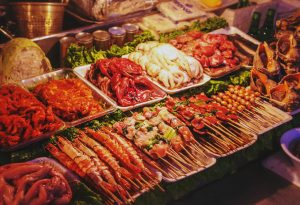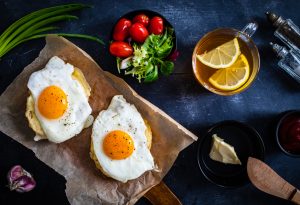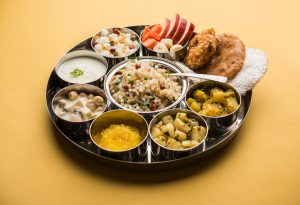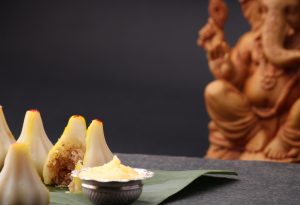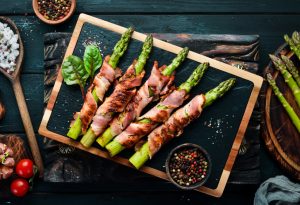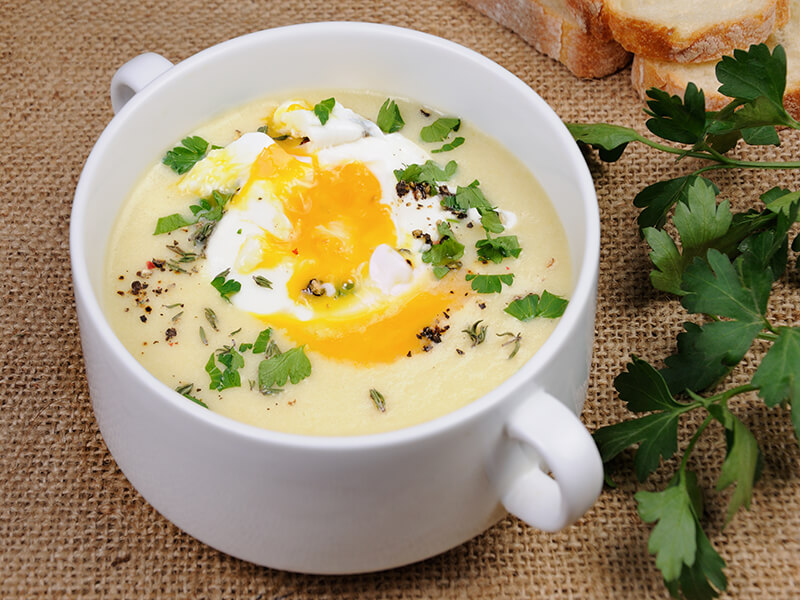
Even the healthiest of ingredients lose their value when cooked incorrectly. For example, frying potatoes makes them a vehicle for so much unnecessary oil, which is why the potato has earned such a notorious reputation among weight watchers and the health conscious. But boil or steam these same potatoes and you will benefit from all their vitamins, minerals and fibre, without consuming all that artery clogging oil. Certainly, by employing healthier cooking techniques one can make the most out of food. Poaching, is one such cooking technique that makes food flavourful without killing its nutritional value.
For the unaware, poaching is a very versatile culinary practice which can be used to cook vegetables, fruits, fish and poultry. It involves gently cooking food in a liquid bath, usually water, vinegar or wine, depending on the dish. To poach something, it must be immersed in a hot liquid bath, which is below boiling temperature. It is important to keep the heat low, to prevent the liquid from bubbling or boiling. This ensures the food cooks slowly and thoroughly, while preserving flavour which would otherwise be lost at higher temperatures. However, this method is rarely used for heavier meats.
The poaching liquid imparts flavour to food, so it is important to sufficiently season the liquid with salt, spices, herbs and other condiments before introducing the food to be cooked. In some cases vegetable, chicken or fish stock may be used as the poaching liquid. When poaching you must use a large vessel and make sure the food is completely covered so that it cooks evenly and no parts remain above the liquid and out of the heat.
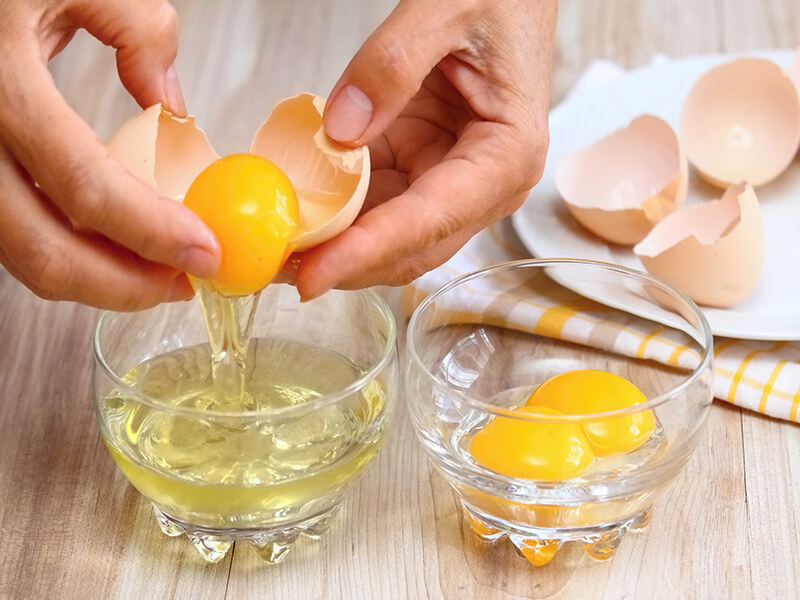
Poaching can be used to cook any meal from poached eggs at breakfast to light meals for lunch or dinner. Poached eggs are a healthy breakfast option made by gently breaking eggs into warm water and allowing them to cook slowly. This is a completely oil free method of cooking eggs. You can leave the yolk as runny as you choose while the white remains moist and fluffy. Poached eggs are an essential component of Eggs Benedict and Eggs Florentine which are dinner staples across the world.
Seafood such as fillets of salmon, tuna or kingfish are extremely easy to poach. Not only does poaching seafood maintain the nutritional value of the fish but it is also virtually impossible to burn or dry out fish this way, even if you do not use any oil or butter. And if you are feeling indulgent, introduce a little oil or butter but it works just as well with water, vinegar or milk. Chicken can also be poached, usually breast pieces. You can even stuff the breast with spinach, herbs, spices and even cheese; stuff, wrap the whole breast in a foil or cling film and then introduce it to the hot liquid. When chicken or any other food is wrapped before poaching, it ensures none of the flavour is lost in the liquid. You can also poach a whole chicken in stock, although it’s recommended the skin be left on, to prevent the meat from drying out. Other poultry such as duck, turkey and goose meat can also be poached although these take longer than chicken.
The wonderful thing about poaching is that once the dish is poached, all you need to do to complete your meal of poached fish or chicken, is serve it with a side of vegetables and a simple sauce of your choice for a complete meal that is a healthy, filling dinner option.
Poaching is a technique that can be applied to desserts as well. Poached fruits make for delicious and healthy desserts. Poached pears are a classic dish, made by cooking firm ripe pears in a bath of spiced, sweet red wine. Although pears pair ideally with red or white wine, peaches and apples can also be poached. Serve poached fruits with a little bit of yogurt or mascarpone cheese and if you are feeling indulgent, sprinkle toasted almonds or crushed walnuts and a drizzle of honey for a light, summery dessert.
Poaching is an easy cooking method that can be adapted to several cuisines and used to make a wide range of dishes. Why don’t you try it today?

